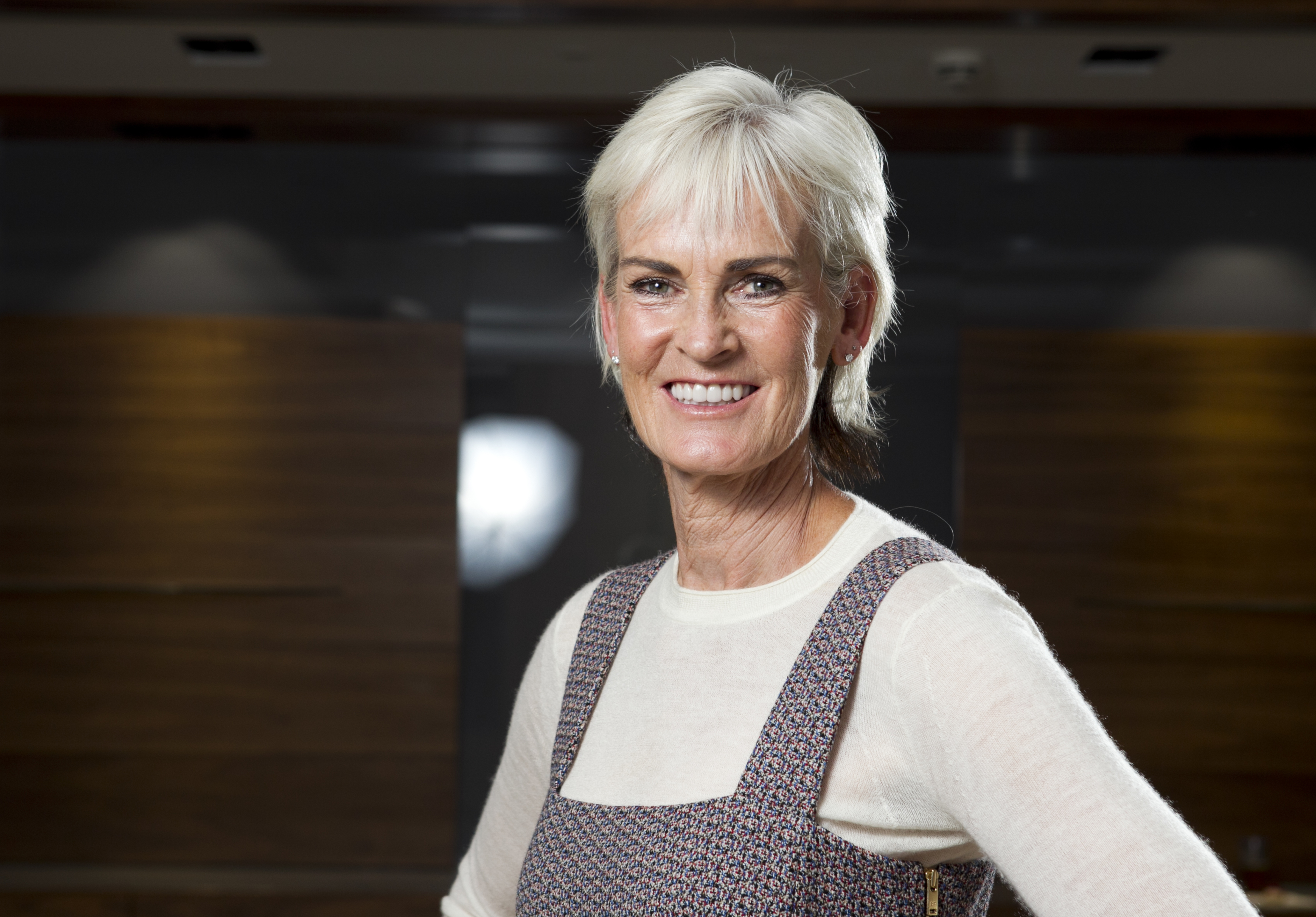
At the end of a stressful work week, what do you most look forward to? If you have just pictured an ice-cold glass of pinot grigio or a freshly pulled pint, chances are you are over the age of 35.
You see, apparently more and more young people are deciding to go teetotal, shunning all alcohol in favour of clean, healthy, sober living. In fact, it’s estimated one in four of today’s 18 to 24-year-olds never drinks, while 56% of millennials describe themselves as “mindful drinkers” – or they only have a tipple on very select and special occasions.
I was reading about the rise of so-called “soberennials” last week and it got me thinking about just how much has changed between the generations. When I was a student, and then in my 20s and 30s, it was very much the norm to spend your weekend evenings in the pub, catching up with friends over a few rounds and a bag of crisps. Every social occasion – from weddings and funerals to parties and dates – seemed to revolve around alcohol!
The same was true for our parents and grandparents, too, especially as Scotland has such a close relationship with the local boozer. I’m sure we’ve all found ourselves stuck in the real-life version of that classic Chewin’ The Fat sketch, with everyone encouraging us to “Go on, take a drink!” after protesting that we’re trying to cut back. And how many of us caved with a sighed, “Oh awright then…”?
So, why have younger people decided to call time on our unhealthy obsession with booze? Well, I think it’s just that they realise how bad it is for our health and wellbeing.
These days, we have so many more leisure options but we are also so much more aware of the importance of looking after our physical and mental health. For young people, that seems to go hand-in-hand with abstaining from alcohol. The upcoming generation also seem to care less about what other people think, and have the confidence to stick to their guns. I know myself I’ve been in situations where someone has mocked or pressured me into drinking, so it’s fantastic to think that’s changing.
Plus, have you seen all the new alcohol-free options that are available now? Almost every big brewer has a 0% lager or beer, and just the other day I noticed a cracking bottle of fizzy “nosecco” in Marks & Spencer. There’s so many more soft drink options than just the bog standard Diet Coke, so it’s no wonder people are happy to ditch the drink.
At the start of the year, new research from The Global Drugs Survey found Scots had gotten drunk, on average, more than 33 times in the previous 12 months, which was the highest rate of all 25 countries within the study, and more than twice the rate of multiple European nations, including Poland, Germany, Spain, Greece, Portugal and Italy.
Perhaps as more and more younger people try the trend for alcohol-free living, that kind of statistic will be a thing of the past. I think that’s something we could all say cheers to.

Enjoy the convenience of having The Sunday Post delivered as a digital ePaper straight to your smartphone, tablet or computer.
Subscribe for only £5.49 a month and enjoy all the benefits of the printed paper as a digital replica.
Subscribe